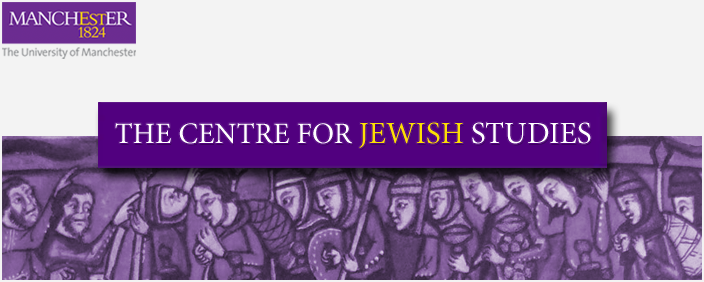Immigration, Housing and Worship
Immigration
There were in fact several waves of Jewish settlers coming to Manchester. Those from the Polish districts of Germany and Russia had been arriving since the 1840s. Refugees from the persecutions that erupted from time to time in Eastern Europe and Russia had started coming from the 1870s. In the period between 1875 and 1914, the Jewish population of Manchester ballooned from 6000 to 30,000. Most of these newer arrivals hailed from Russia, Austria and Hungary. Many came from Rumania, especially after 1899. Jewish immigration only started slowing down with the Aliens Act (1 Jan 1906) and the onset of the First World War.
Housing
The poorer districts, where most of the immigrants settled, were along the north edges of the cities of Manchester and Salford, from Lower Broughton on the river Irwell to Red Bank on the river Irk. The middle-classes established themselves in Cheetham Hill, while the wealthiest headed for the Crumpsall and Higher Broughton.
Synagogues
 Long established synagogues for the elite included the Orthodox Great Synagogue and the Reform Synagogue, both opened in 1858. For the new Eastern European arrivals, such establishments in Manchester had unfamiliar atmospheres and protocols, and their membership fees were too expensive. The popular alternative were the chevroth, which have been described as make-shift synagogues. One example was the Chevra Walkawishk, established in Red Bank from 1871. A few of these centres of over-crowded Yiddish culture were later ‘up-graded’, such as the Manchester New Synagogue (1887).
Long established synagogues for the elite included the Orthodox Great Synagogue and the Reform Synagogue, both opened in 1858. For the new Eastern European arrivals, such establishments in Manchester had unfamiliar atmospheres and protocols, and their membership fees were too expensive. The popular alternative were the chevroth, which have been described as make-shift synagogues. One example was the Chevra Walkawishk, established in Red Bank from 1871. A few of these centres of over-crowded Yiddish culture were later ‘up-graded’, such as the Manchester New Synagogue (1887).
__________________________
IMAGE AND DOCUMENT CREDITS: Louis Cobe (© Manchester Jewish Museum), Red Bank (© Manchester Jewish Museum), Great Synagogue (© Manchester Jewish Museum), Susman Cohen (© Manchester Jewish Museum) Full reference: Sources.






